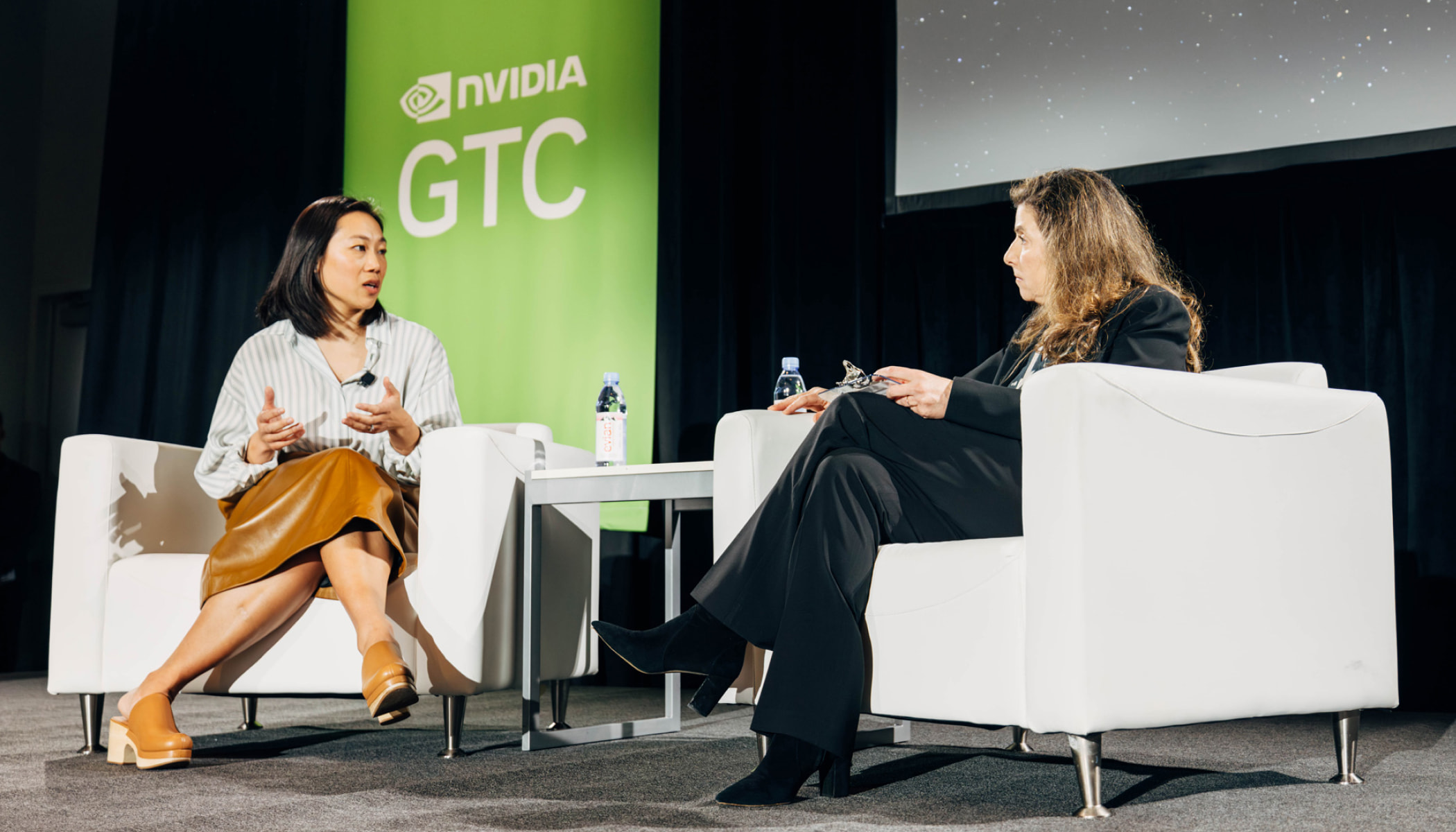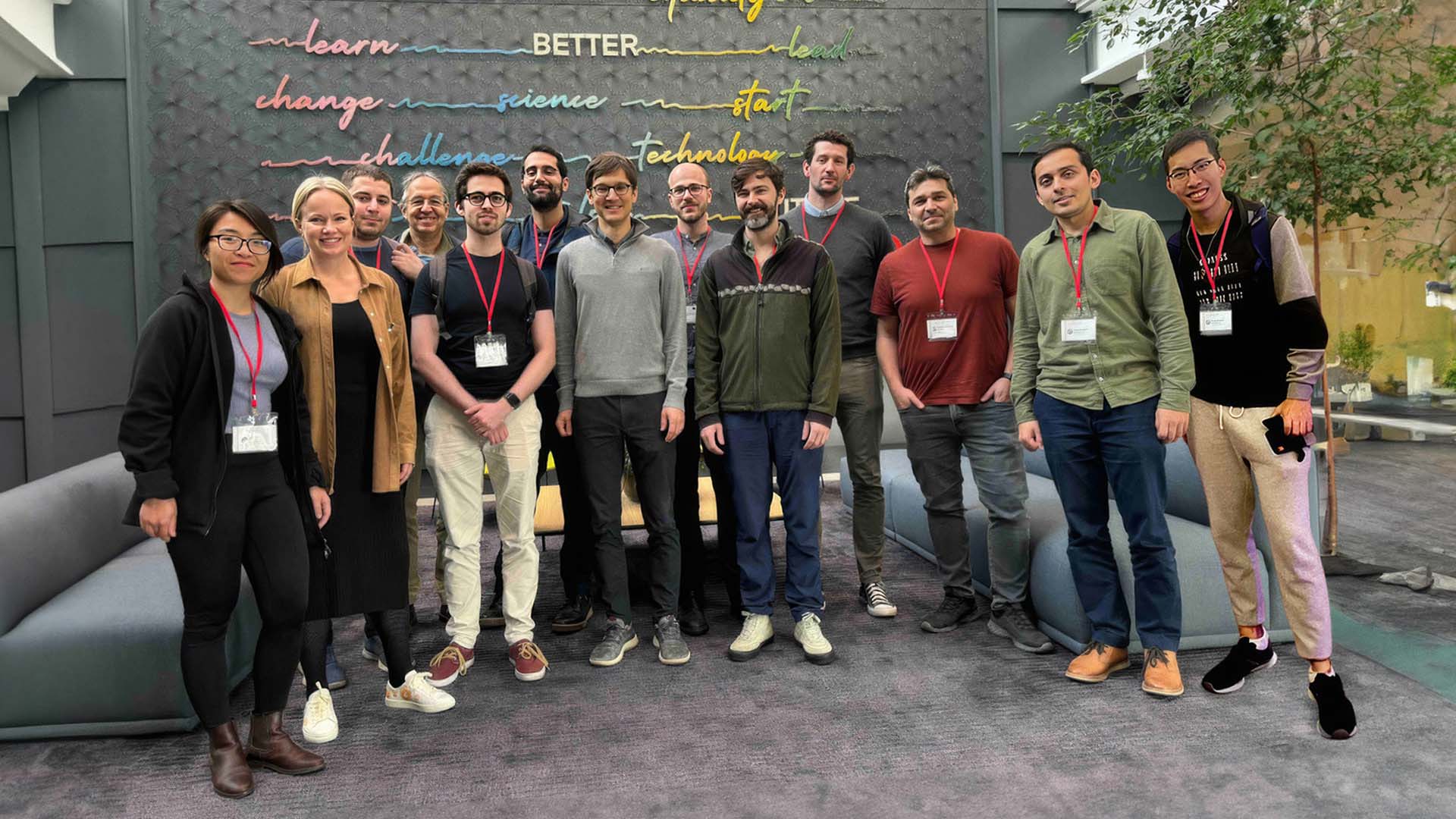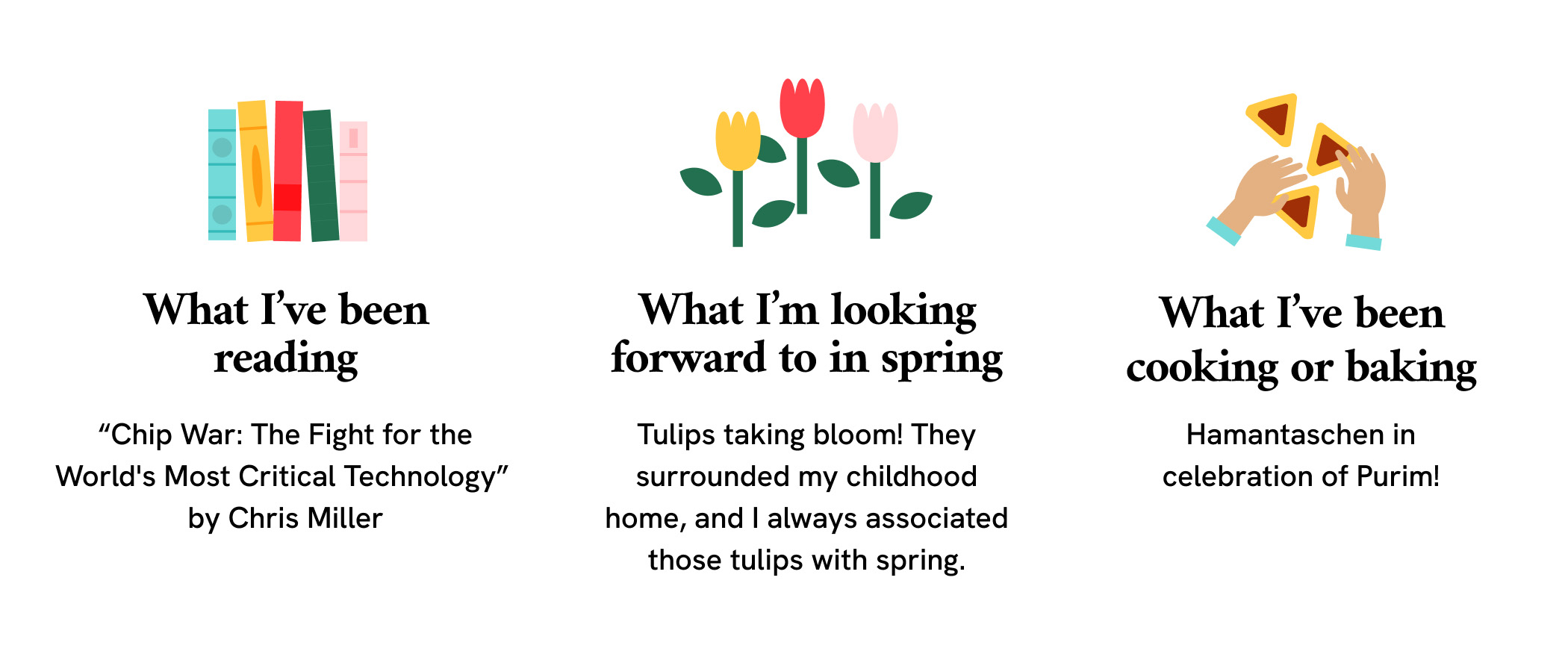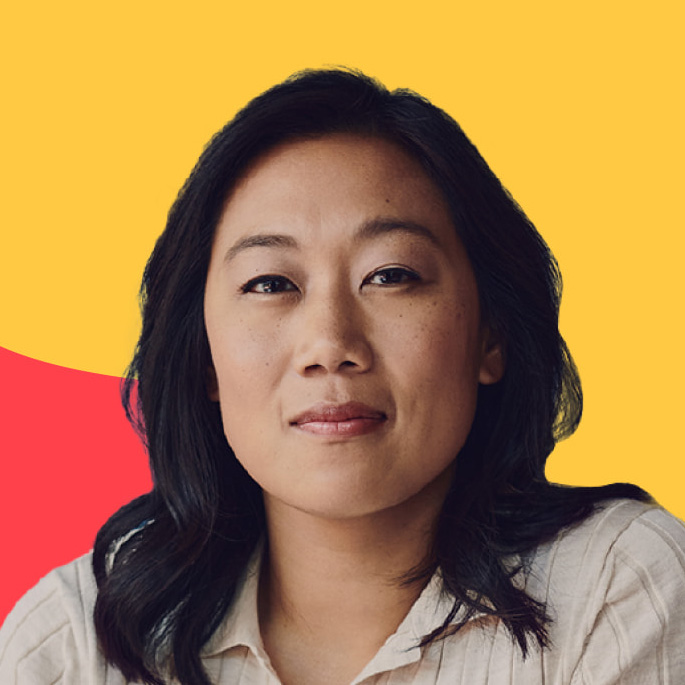Apr 9, 2024 · 4 min read
How AI Can Uncover the Laws of Biology
CZI Co-Founder and Co-CEO Priscilla Chan reflects on the organization’s AI strategy for science, including its vision to build predictive models of cells that will help scientists explore the molecular underpinnings of human health and disease.

To cure, prevent or manage all diseases by the end of the century is an audacious mission. When Mark and I set this goal for our science work eight years ago, we wanted to push the limits of what we thought was possible, and we didn’t want our own ambitions to be the cap on what we could achieve.
Fast forward to a few weeks ago, I had the opportunity to do something I never thought I would do: speak at an AI conference. And yet, I found myself sitting on stage at NVIDIA GTC, sharing the progress that we have made to build tools and fund efforts to generate rich biological datasets that are primed for the acceleration we’re seeing today in AI technology. Combining these datasets with the power of large language models is the next step in reaching our goal of helping scientists unlock new treatments and cures.
The story of how we got here — a philanthropy with a moonshot mission and me speaking at a cutting-edge AI conference — has an unlikely origin: my grandparents.
My grandparents on both sides of my family were living in Vietnam during the war in the ‘70s. Because of the war, the only way to flee the violence was to get on small fishing boats and float into the South China Sea to look for a safe harbor. These boats weren’t sturdy, and my grandparents had heard terrible stories of boats sinking and taking the lives of entire families with them. Still, they believed a better future was out there and were willing to take the risk. So, my grandparents paired up their young children — one from each family — and sent them out on the boats by themselves. The oldest kids left first. My grandparents left last. And it took almost 10 years, but eventually, everyone was safely reunited.
My grandparents had enough hope and optimism to take that risk. I believe it’s in my epigenetics — coded in my DNA — to take big bets, too. CZI’s work to help scientists cure disease is our way of doing that. And we think AI is pivotal to how we get there.
That’s why our next big bet is to build AI-powered virtual cells. Utilizing one of the largest high-performance AI computing systems for nonprofit life science research, we hope to help scientists explore the molecular underpinnings of human health and disease.
We’re still in the early days of our AI strategy, and we won’t build virtual cell models overnight. But, we’re laying the foundation by bringing on AI experts from academia and industry to help guide our projects. We’ve started to build our first foundational virtual cell models that will be trained on biologically important data sources that we’ve been contributing to and supporting for years. These datasets will include those from our CELLxGENE software tool, large datasets from our Imaging Institute, and resources built by Biohub San Francisco.

These AI cell models will be able to do science beyond what humans can conceive of right now — connecting dots that we couldn’t connect before.
For example, more than 7,000 rare diseases affect over 300 million people globally. And, while a particular rare disease may be unique and hard to understand, AI can help us identify diseases with similar characteristics — allowing us to test if treatments for more well-known conditions could work for rare ones. That’s a potential game-changer for someone with a rare disease who has reached the limits of what medicine can offer them.
Doctors will one day be able to use a virtual cell model to predict the efficacy of a cancer treatment before prescribing it to their patients. Or, they could tell you how genetic mutations will affect your well-being in 20 years and what can be done to prevent new diseases from progressing — decades before symptoms appear.
And then there’s the brain. Imagine if AI could show us how to design treatments that can move past the blood-brain barrier more effectively or target different cellular mutations within a single tumor.
Those are only a few examples of the incredible possibilities of AI and medicine, and I’m excited to see the beginnings of even more.
Like my grandparents, I have hope for a better future, one where we can apply AI to biology at scale and pave the way for new biomedical discoveries.
With care,

Co-Founder and Co-CEO
Chan Zuckerberg Initiative







